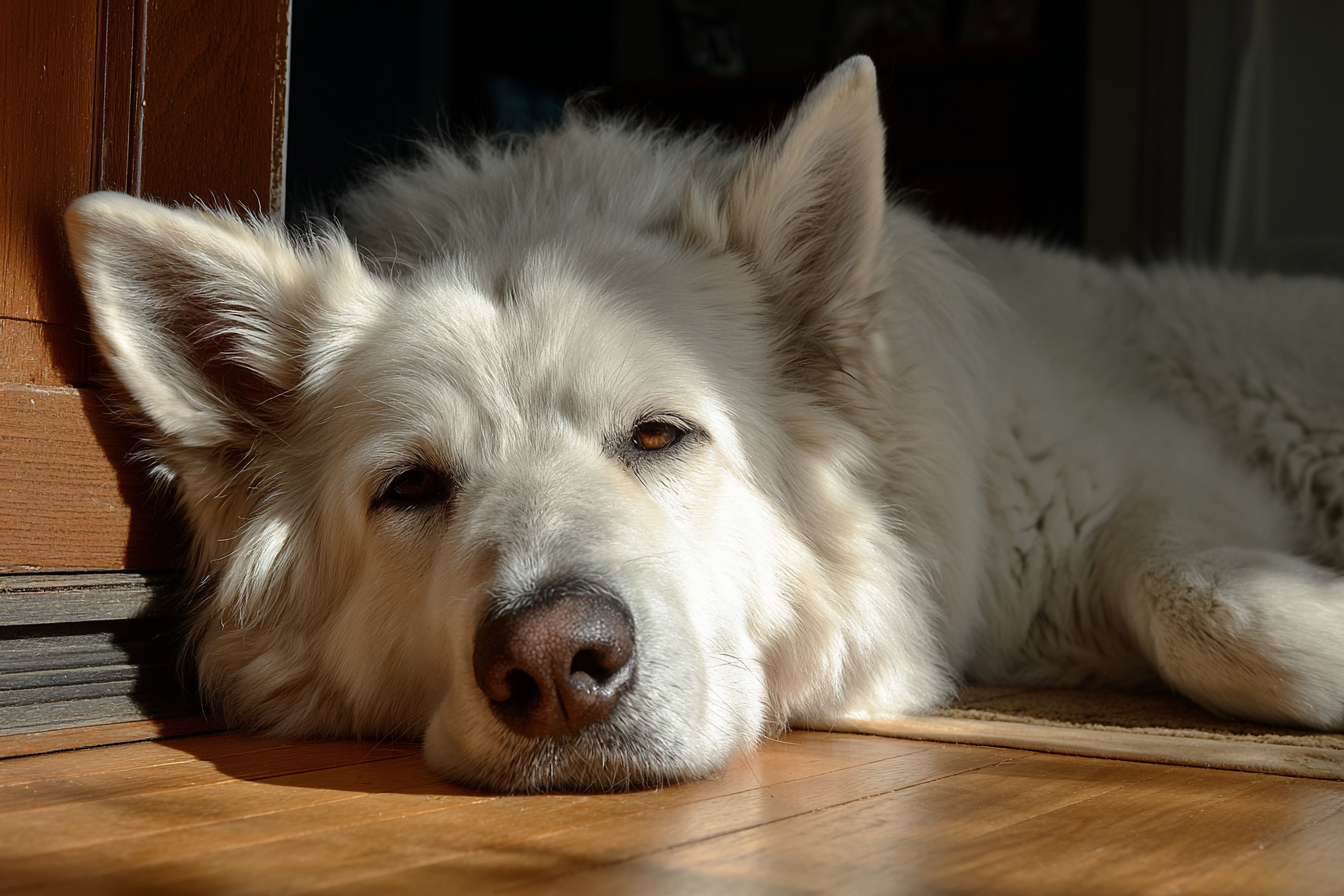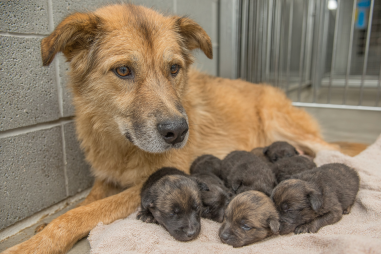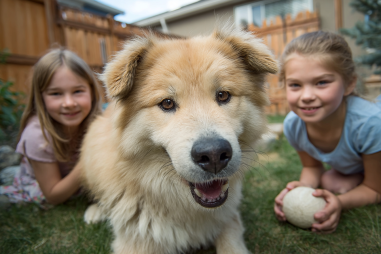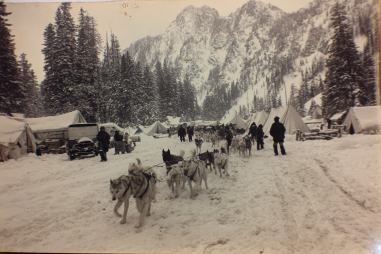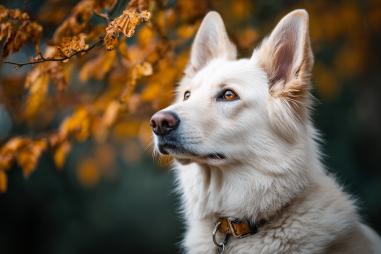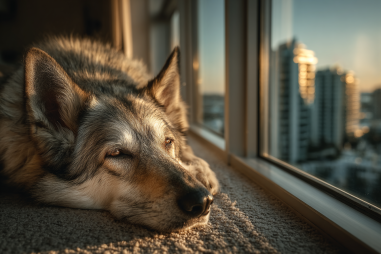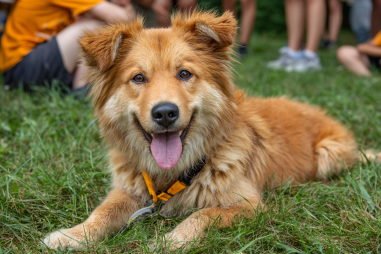For those who suffer from allergies yet dream of sharing their home with a furry friend, determining whether a breed is hypoallergenic can be a crucial step. The Chinook dog, known for its friendly personality and striking appearance, often comes up in discussions about allergy-friendly dogs. But are Chinooks truly hypoallergenic, or is that just a myth? Let’s explore the traits that contribute to a dog’s hypoallergenic status, delve into the specifics of the Chinook’s coat and shedding behaviors, and review what allergy sufferers have experienced firsthand. Along the way, we’ll also share practical tips for reducing allergens in your home, helping you make an informed decision if you’re considering a Chinook as your next companion.
Understanding Hypoallergenic Dog Traits
The term “hypoallergenic” is often used in pet descriptions, but it’s important to understand what it really means. Simply put, hypoallergenic dogs are breeds that tend to produce fewer allergens than others. Allergens are proteins found in a dog’s skin cells, urine, and saliva that can trigger allergic reactions in sensitive individuals. Since all dogs produce some level of allergens, no breed is 100% hypoallergenic. Instead, breeds are compared based on how likely they are to cause allergic reactions.
Key traits that influence a breed’s hypoallergenic potential include the amount and type of shedding, the dog’s grooming needs, and the texture and length of their coat. Dogs that shed less and have hair that is more similar to human hair—rather than fur—tend to release fewer allergenic dander particles into the environment. Breeds often marketed as hypoallergenic usually have low-shedding, single-layer coats that help reduce the spread of allergens.
Coat and Shedding Characteristics of Chinooks
Chinook dogs are medium-to-large sled dogs originally bred for pulling sleds in New Hampshire. Their coat is one of the breed’s distinctive traits, and understanding it is critical for allergy considerations.
Chinooks have a dense double coat, designed for insulation and protection against cold weather. This double coat consists of a soft, thick undercoat and a coarser outer coat, which provides weather resistance. While this duo works wonderfully for their working history, it also means Chinooks shed seasonally, particularly in spring and fall, when they “blow” their undercoat to prepare for changing weather.
Because of this double coat and moderate shedding pattern, Chinooks tend to release a fair amount of fur and dander. Compared to inherently low-shedding breeds like Poodles or Basenjis, Chinooks are more likely to leave hair and skin flakes around the home. This shedding can distribute allergens into living spaces, potentially aggravating allergy symptoms in sensitive individuals.
Allergens Commonly Associated with Dogs
It’s essential to understand what actually causes allergic reactions to dogs. The primary allergen is a protein known as Can f 1, found mainly in dog saliva and skin flakes (dander). When dogs groom themselves, saliva containing Can f 1 is spread on their coat, and as hair and dander flakes fall off, these proteins become airborne and attach to surfaces like furniture and clothing.
Because the allergen is not in the fur itself but in the dander and saliva, breeds that shed less fur often distribute fewer allergens. However, it’s also important to factor in individual variation, as some dogs may produce more allergens than others regardless of breed. Additionally, how often a dog is bathed and groomed significantly impacts allergen levels in the environment.
Experiences From Allergy Sufferers With Chinooks
When we turn to those who live with Chinooks and allergies, the picture becomes more nuanced. Some allergy sufferers report experiencing manageable symptoms or even no reactions around their Chinook dogs, while others find that their symptoms worsen. This variance often stems from individual sensitivity, the specific dog’s allergen production, and how well the dog is maintained.
Many owners note that regular grooming helps reduce dander and shedding considerably. Additionally, the breed’s friendly temperament makes daily brushing a bonding activity rather than a chore. Still, because Chinooks do shed seasonally, allergy episodes might spike during those times unless extra care is taken.
It’s also worth mentioning that the home environment plays a significant role. Allergy sufferers who keep Chinooks have shared that keeping living areas well-ventilated, employing air purifiers, and designating dog-free zones can keep symptoms under control.
Tips for Reducing Allergens at Home
If you love Chinooks but are concerned about allergies, there are many practical steps you can take to help minimize allergens and enjoy your furry friend with less discomfort:
- Regular Grooming: Brush your Chinook daily to collect loose fur and dander before it spreads around your home. Bathing your dog every few weeks can reduce allergen accumulation as well.
- Create Dog-Free Zones: Keep bedrooms and certain living spaces off-limits to your dog to provide allergen-free areas for resting.
- Use HEPA Air Purifiers: Air purifiers equipped with HEPA filters capture airborne dander and reduce allergen levels indoors.
- Vacuum Frequently: Using a vacuum with strong suction and a HEPA filter ensures that trapped allergens on floors and upholstery are removed.
- Wash Bedding Often: Clean your dog’s bedding, your bedding, and any washable fabrics regularly to minimize buildup of allergens.
- Consult an Allergist: In some cases, allergy medications or immunotherapy can help individuals better manage reactions to pet allergens.
Making the Right Choice for Allergy Needs
So, are Chinooks hypoallergenic? The straightforward answer is no; Chinooks are not considered a hypoallergenic breed due to their dense double coat and seasonal shedding. That said, many allergy sufferers successfully live with Chinooks by adopting rigorous grooming and home-cleaning routines. It ultimately comes down to individual sensitivity and one’s willingness to manage allergens proactively.
If you’re considering a Chinook but have allergies, spend time around the breed before bringing one home—ideally in varied environments and for extended periods. This can give you a clearer picture of how your body reacts. Remember, no two dogs or individuals are exactly alike, so personal experience remains the best guide. With the right preparation and care, enjoying the loyal, affectionate spirit of a Chinook dog may be very possible, even for those prone to allergies.

